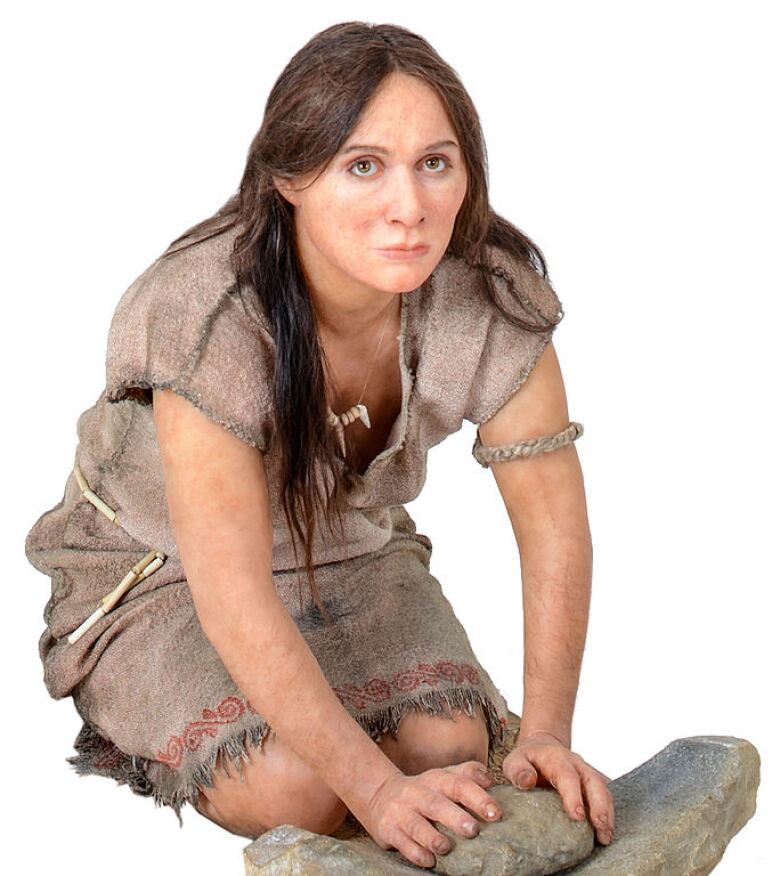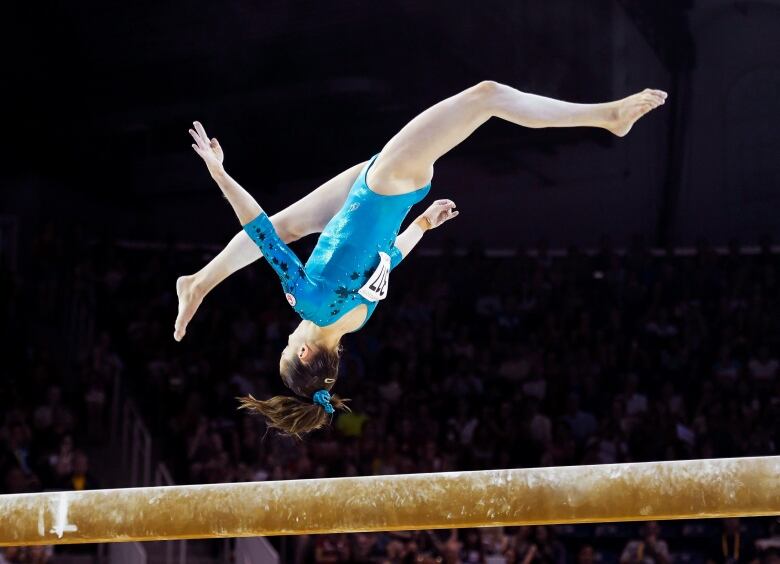Prehistoric women's arms were stronger than those of today's elite rowers
'What you do in your lifetime can change your skeleton,' researcher says

If you're looking to build up those arm muscles, you may want to try grinding grain for hours a day.
Researchers have discovered the bones of women dating back 7,000 years showed their arms were stronger than those of some of today's top female rowers, and that they may be due to their highly agricultural lifestyle.
The scientists analyzed the arm bones from the Neolithic, Bronze and Iron Ages and found that, in particular, the arms of women from the Neolithic Age when farming first began were about 11 to 16 per cent stronger than women rowers of today.
- Tiny, bag-like fossil creature could be early human ancestor
- Homo naledi species discovery raises fresh questions about evolution
- Fossils found in Morocco date back 300,000 years
"They're farming without the plow or mechanized anything," Alison Macintosh, the Canadian lead researcher who is now with the University of Cambridge, told CBC News. "They have to till the soil by hand, with things like digging sticks and hoes. So that's a lot of manual work. And they also do all the planting and harvesting and the grinding of the grain to make flour.... That's a lot of manual labour."
I felt a little vindicated for showing that women were indeed not just sitting on their butts.- Alison Macintosh, University of Cambridge
The research stemmed out of a previous study that compared the bones of prehistoric women to those of men. That study found women of the time to be weaker when compared to men, but Macintosh said that it wasn't a complete picture. Comparing women to women provided a better understanding of the kind of lives those in prehistoric times were living.
"I felt a little vindicated for showing that women were indeed not just sitting on their butts," Macintosh said."I didn't suspect that was the case, but it feels nice to provide that data from living women and to highlight that hidden history of women's work."

For their study, published in the journalScience Advances, the researchers scanned the bones from various sites in central Europe and compared them to those of women involved in trials with the open and lightweight squads at the University of Cambridge'srowing team.
They found that the armbones of Neolithic women, dating from 7,400 to 7,000 years ago,were 11 to 16 per cent stronger than those of the rowers, or 30 per cent stronger than typical Cambridge students. Their leg bones were comparable to those of the rowers.
For the women of the Bronze Age (4,300 to 3,500 years ago), their arm bones were nine to 13 per cent stronger than the rowers, with leg bones that were 12 per cent weaker.
Living tissue
While we may not think of our bones as something that adapts with us as we strengthen our muscles, it is living tissue and highly "plastic," Macintosh said.
"What you do in your lifetime can change your skeleton," she said. "Our bodies are very adaptable to what we're doing in our own lives to tailor your skeleton to the specific needs of your particular daily activity. Bone is alive and will sense strain and the load you're putting on the bone from your activities, and it will adjust as need be to make sure the bone is strong enough."
Macintosh said that consistent physical activity such as gymnastics done at a young age will still be evident in the bones of an adult.

Marta Erlandson, an assistant professor of kinesiology at the University of Saskatchewan, said that in the case of females in particular, bones of women tend to build earlier than men.
"If you think about the ages at which individuals were engaging in hard manual labour, they would be what we're considering our children in adolescence," Erlandsontold CBCNews. "If you were to look at the ages at which these women in particular were engaging in these agricultural activities, they were probably 12 to 14 years of age."
Macintosh hopes that the recent research will help scientists better understand how our muscles and bones interact.
"There are all these things we sort of know a bit about but we don't have the whole story, and these are the things we need to nail down a bit more."












_(720p).jpg)


 OFFICIAL HD MUSIC VIDEO.jpg)
.jpg)



























































































